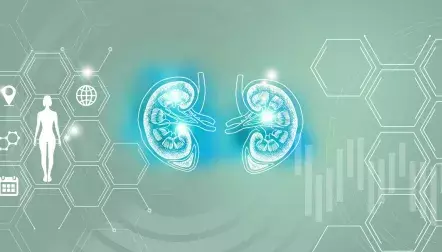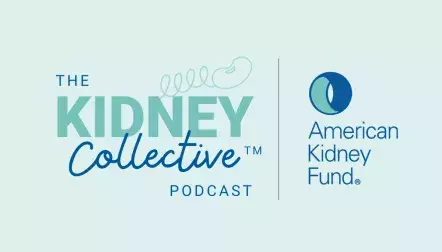
Kidney-friendly eating on dialysis
- Medically reviewed by
- AKF's Medical Advisory Committee
- Last updated
- August 1, 2024
What can I eat while on dialysis?
Dialysis helps to do some of the work that your kidneys did when they were healthy. But dialysis does not work as well as healthy kidneys, and it cannot do everything that healthy kidneys do. Some waste and fluid may still build up in your body, especially between dialysis treatments and can cause heart, bone, and other health problems.
In time, the extra waste and fluid in your blood can cause heart, bone and other health problems. If you have kidney failure/ESRD, you must monitor the amounts of fluid and certain nutrients you take in each day. This can help keep waste and fluid from building up in your blood and causing problems.
Exactly how strict your food and fluid plan should be depends on your treatment plan and other health concerns.
Learn more about key nutrients:
- Carbohydrates: Your body's main source of energy. Your body can more easily convert carbs into energy than protein and fat.
- Fats: Fat is another one of the nutrients that gives you energy. Your body needs fat to carry out many jobs, such as using vitamins from your food and keeping your body at the right temperature.
- Fluids: Anything that turns to liquid at room temperature, not just water.
- Phosphorus: A mineral found in almost all foods that works with calcium and vitamin D to keep your bones healthy.
- Potassium: A mineral found in foods that your body needs to make your muscles work.
- Protein: One of the nutrients that gives you energy. Your body needs protein to grow, build muscles, heal and stay healthy.
- Sodium:A mineral that plays many important roles in the way our bodies function.
- Sugar: A sweet tasting type of carbohydrate.
What can I eat while on hemodialysis
If you are on hemodialysis and have treatments three times per week, you will likely need to strictly limit potassium, sodium, phosphorus and fluids. This is because when your blood is being cleaned only three times per week, there is more time between treatments for waste and fluid to build up in your blood. You may also need to limit how much protein you take in. Talk to your dietitian about making a food and fluid plan that is right for you and your treatments.
What can I eat while on peritoneal dialysis
If you do peritoneal dialysis (PD), you may be able to take in slightly more phosphorus, potassium, sodium and fluid than if you did hemodialysis. You may also need to eat more protein. This is because PD works all day and night to take waste and fluid out of your blood. This keeps the waste and fluid from building up in your blood like it does between hemodialysis treatments. If you do PD, talk to your dietitian about creating a food and fluid plan that is right for you and your treatment.
What can I eat after a Kidney transplant
After a kidney transplant, many of the food restrictions you had when you were on dialysis may no longer be needed. Talk to your doctor and dietitian about a kidney-friendly food and fluid plan that is right for you.
Find recipes on Kidney Kitchen®
On AKF's Kidney Kitchen®, you can take a deep dive into what each nutrient means for people with kidney disease, and how much of these nutrients common foods contain. You can also learn what healthy eating means for your stage of kidney disease, including those on dialysis or living with a kidney transplant. You will also find hundreds of kidney-friendly recipes and a resource library of guides and videos.
Find delicious kidney-friendly recipes
Kidney Kitchen is home to hundreds of kidney-friendly recipes that cover a wide variety of tastes, cuisines and dietary preferen
Special steps for people with diabetes
If you have diabetes, work with your dietitian to make a food and fluid plan that allows you to limit certain nutrients, while also controlling your blood sugar. If you do PD, keep in mind that PD solution has a type of sugar (dextrose) in it. When you do PD, some of the dextrose is taken in by your body. If you have diabetes, it is very important to count the dextrose in your PD solution as extra sugar. Talk to your health care provider or dietitian if you have questions about managing your blood sugar if you do PD.

